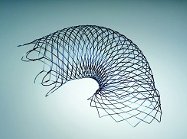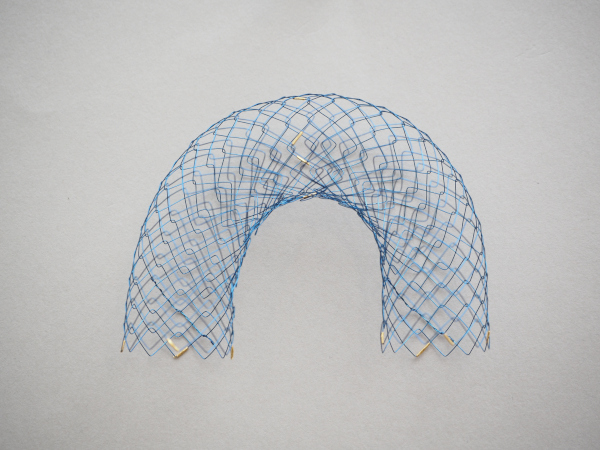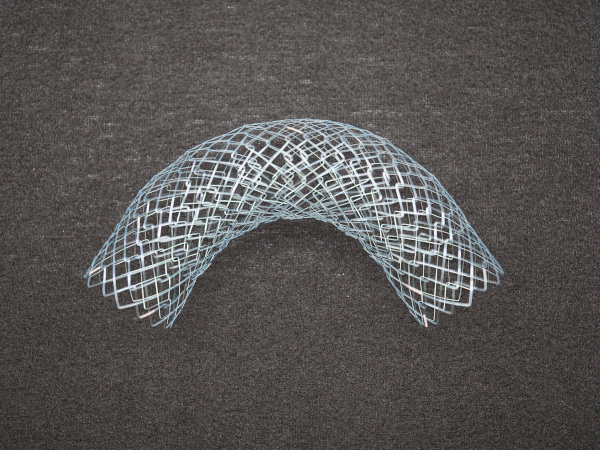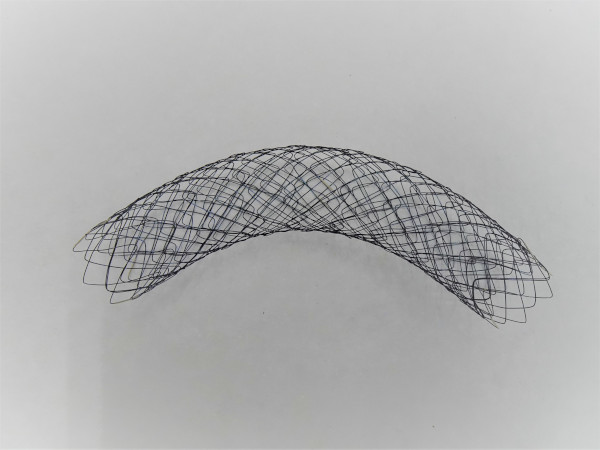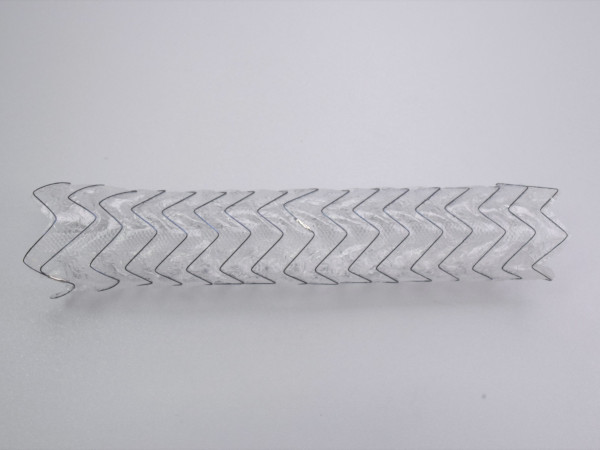Colonic Stent Safe Procedure Research Group Representative Organizer
Yoshihisa Saida, Department of Surgery, Ohashi Medical Center, Toho University
The Japan Colonic Stent Safe Procedure Research Group has been very active as a research group affiliated with the Japan Gastroenterological Endoscopy Society and will complete its term (3 years) of affiliation in February 2015.
However, there have been calls for this group to carry on with their research as well as their information sharing. The group gained approval as the first research body to be affiliated with the Japan Gastroenterological Endoscopy Society, and its continued existence has been agreed upon. We look forward to the support of this group as they actively continue to communicate research findings from Japan and to identify and promote safe colonic stenting procedures.
I would like to take this opportunity to thank the governing members of the Research Group and all the doctors who serve as research coordinators within the Research Group, as well as everyone from the Japan Gastroenterological Endoscopy Society and everyone else concerned in this Research Group.
Colonic Stent Safe Procedure Research Group Representative Organizer
Yoshihisa Saida, Department of Surgery, Ohashi Medical Center, Toho University
The new Colonic Stent Safe Procedure Research Group is a research group affiliated with the Japan Gastroenterological Endoscopy Society.
Because metal stents have not obtained pharmaceutical approval and are not yet covered by Japan’s National Health Insurance system for the treatment of colonic stenosis, clinical research is being conducted at a limited number of institutions, the stents are misappropriated for use as esophageal stents, and procedures are conducted with the use of colonic stents that are individually imported from overseas. A US-manufactured colonic stent finally received pharmaceutical approval in July 2011, and after approval for insurance coverage, the stent became available for use on a national level in 2012. Consensus and awareness programs are now necessary so that safe colonic stenting procedures can be identified and promoted throughout Japan. In general, standard procedures for placement of colonic stents remain to be established; the procedural steps and precautions presently practiced for placement of biliary tract stents, for example, cannot be relied upon for placement of stents in the gastrointestinal tract. The Colonic Stent Safe Procedure Research Group was founded to facilitate informed discussions of these very important considerations with all relevant parties.
I would like to take this opportunity to thank the governing members and doctors who are coordinators in the research group, as well as everyone from the Japan Gastroenterological Endoscopy Society and everyone else concerned in this Research Group.
|
(1) Research Group Background and Objectives
Because metal stents have not obtained pharmaceutical approval and are not yet covered by Japan’s National Health Insurance system for the treatment of colonic stenosis, clinical research is conducted at a limited number of institutions, the stents are misappropriated for use as esophageal stents, and procedures are conducted with the use of colonic stents that are individually imported from overseas. A US-manufactured colonic stent finally received pharmaceutical approval in July 2011, and after approval for insurance coverage, the stent became available for use on a national level in 2012. Research was then conducted retrospectively to confirm safety of the device after discussions regarding safe procedures, and the purpose of this Research Group is to provide instruction regarding national safety procedures for placement of colonic stents.
|
|
(2) The Need for a Research Group
Consensus and awareness programs are now necessary so that safe colonic stenting procedures can be identified and promoted throughout Japan. In general, standard procedures for placement of colonic stents remain to be established; the procedural steps and precautions presently practiced for placement of biliary tract stents, for example, cannot be relied upon for placement of stents in the gastrointestinal tract. The Colonic Stent Safe Procedure Research Group was founded to facilitate informed discussions of these very important considerations with all relevant parties. During a European randomized controlled clinical trial that compared emergency surgery with bridge-to-surgery placement of a colonic stent to treat ileus caused by colon cancer, the incidence of perforation in the stent group was high (13%), therefore the study was discontinued (Hooft JE, Lancet Oncol 2011). Doubts arose regarding stent efficacy. However, according to a similar multinational, multicenter study conducted retrospectively in the US, when stent placement was done after sufficient investigation of a safe placement method, the incidence of perforation was exceptionally low at 1.2%, and the procedure was acknowledged as being safe (Perez J, Am J Gastroenterol 2011). A concurrent report from within Japan also documented a low perforation rate (2%) and affirmed that complications are uncommon (Saida Y, Surg Endosc 2011). Even under these circumstances, we believe that this research group is indispensable for safe introduction of colonic stenting in Japan.
|
|
(3) Expected Outcomes: Planned Clinical Research
1) The Research Group will identify safe, practical methods and necessary precautions for the placement of colonic stents that are based on the findings of international research groups and the aggregate outcomes observed in Japan to date, through discussion with institutions that have experience with colonic stents, and through discussion with institutions that have sufficient experience with each type of endoscopic procedure. The Research Group will compile and then condense the information into a set of mini-guidelines that will be published on the Toho University Ohashi Medical Center website. In addition, a translated version of this information will be available for global access.2) Patients who will undergo placement of a commercially available colonic stent that is covered by the National Health Insurance will be prospectively enrolled in a study, and the data obtained will be aggregated and analyzed. Prospective feasibility studies for use of commercially available stents will be conducted. Enrollment for study of WallFlexTM and study of Niti-S has been completed. Going forward, the data collection and analysis will continue, and reports will be published first by the academic societies and then by the Research Group. 3) The Research Group will communicate information and conduct multicenter joint research with the goal of ensuring that patients have a positive clinical experience through the safe placement of colonic stents. 4) Through periodic meetings the Research Group will aim to provide joint ownership of the awareness campaign and information regarding safe procedures. UMIN ID:A02265 |
- Nov.19 2021
- The site has been renewed.
全国各地で、新型コロナウイルス感染症対応にご尽力されている全ての医療者の皆様に心より敬意を表します。
世界に大腸ステントの新しいエビデンスを発信するために多くの施設の参加を
お待ちしています
世話人の皆様には各施設での倫理委員会申請をお願いします
参加希望施設はぜひ世話人申請をお願いします
